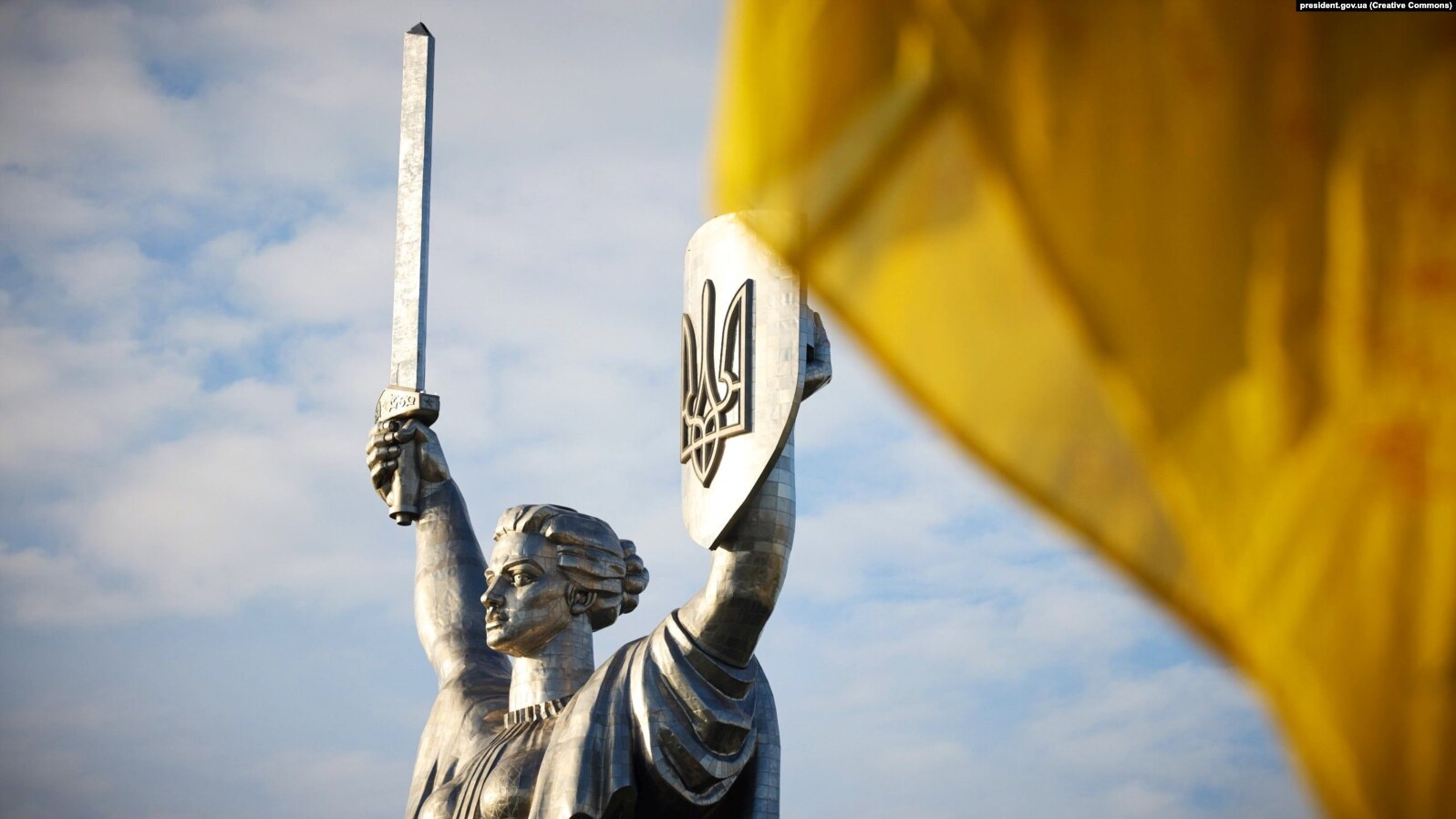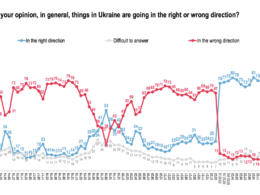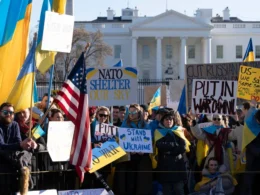A recent survey conducted by the Sociological Group Rating shows that 85% of Ukrainians are confident in Ukraine's victory over Russia, while 15% are unsure. However, the survey highlights the importance of international support, with 79% of respondents doubting victory without Western assistance.
Confidence in victory has not significantly changed overall, but the percentage of those absolutely certain has decreased from 71% in June to 42% now. Conversely, the percentage of those who do not believe in victory has risen from 3% to 15%.
Older citizens and those with relatives in the military are more likely to be absolutely confident in Ukraine's victory. Among 18-35-year-olds, 31% are absolutely confident, compared to 50% among those aged 51 and older. When it comes to the expected duration of the war, 31% believe it will take six months or less to defeat Russia, while 39% think it will take more than a year. This view has become more common compared to June 2023.
Residents of eastern Ukrainian oblasts are less certain about the timeframe for victory, with 38% unable to provide an answer, compared to no more than a quarter in other regions. Regarding the overall situation in the country, 36% believe things are moving in the right direction, while 45% think the opposite. This marks the first time since March 2022 that a negative assessment of the country's situation has outweighed a positive one.
When asked about the emotions they feel when thinking about Ukraine, respondents most frequently mentioned pride (56%), followed by sadness (39%) and fear (21%). There has been an increase in negative emotions and a slight decrease in optimism since August 2022. Confidence in victory generally corresponds to a tendency towards positive or negative emotions. For example, among those confident in victory, 64% feel pride in their country, compared to 21% among those who are not confident.
Younger generations are more likely to feel sadness (41%) and anger (10%) than older ones (36% and 7%, respectively). Fear is an emotion that varies significantly among different groups, being more prevalent among internally displaced persons (31% vs. 20%), those with relatives currently in the Armed Forces of Ukraine (25% vs. 19%), and the youth (26% vs. 20% among older respondents).
The survey was conducted as part of the 26th wave of Monitoring, initiated and carried out from the third day of Russia's full-scale invasion in February 2022. The audience includes the population of Ukraine aged 18 and older in all regions, except for the Russian-occupied territories, and areas without Ukrainian mobile coverage at the time of the survey. The results are weighted using current data from the State Statistics Service of Ukraine and are representative of age, gender, and settlement type. The sample size is 1,000 respondents, and the survey was conducted using CATI (Computer Assisted Telephone Interviewing) based on a random selection of mobile phone numbers. The study's margin of error with a confidence probability of 0.95 is no more than 3.1%. The survey was conducted on 10-11 February 2024.
Read also:
- Zelenskyy visits frontline positions of Ukrainian troops in Kupiansk sector (photos)
- “20 Days in Mariupol” wins BAFTA “Best Documentary” award
- Biden: Lack of ammunition forces Ukraine to retreat from Avdiivka





